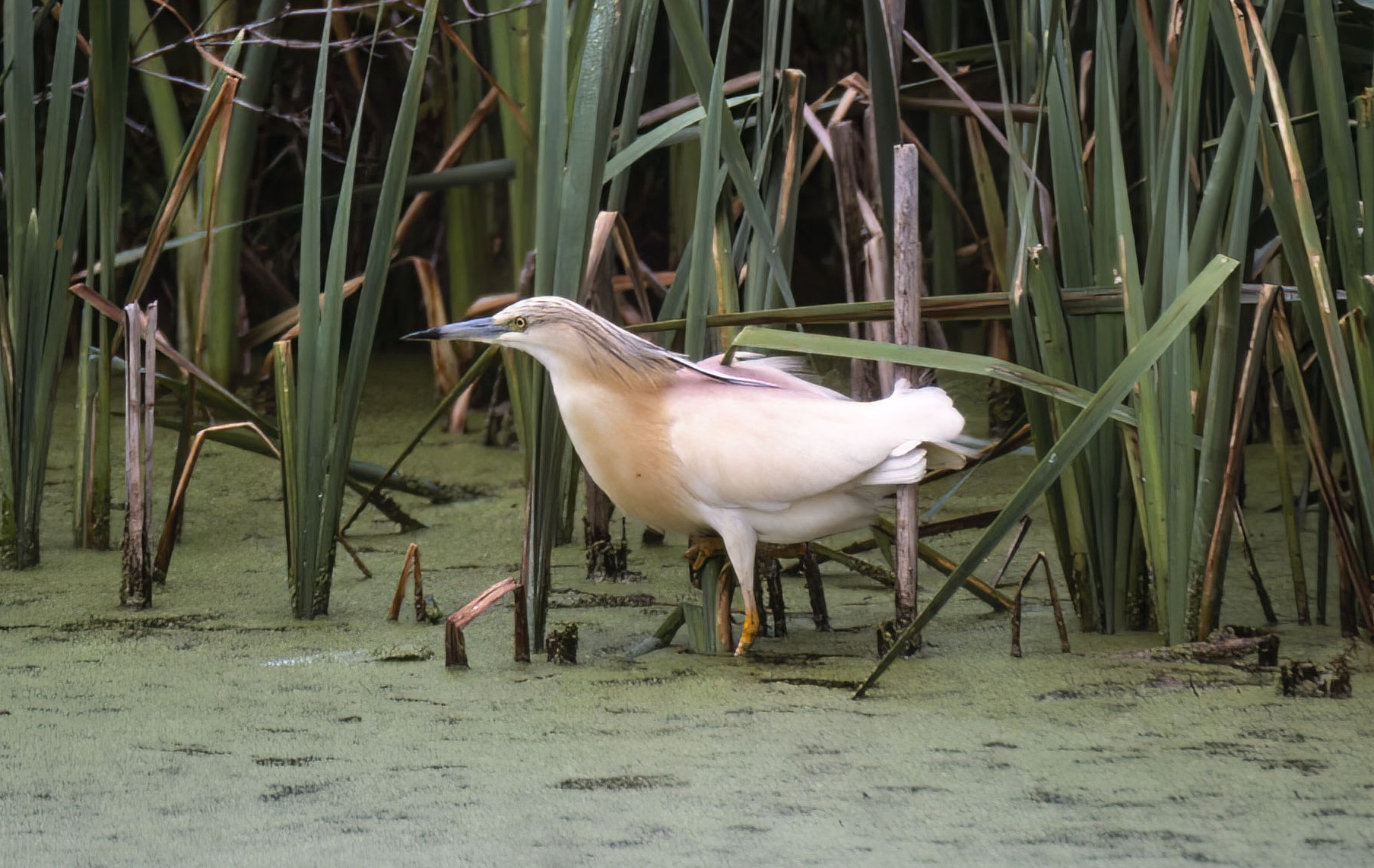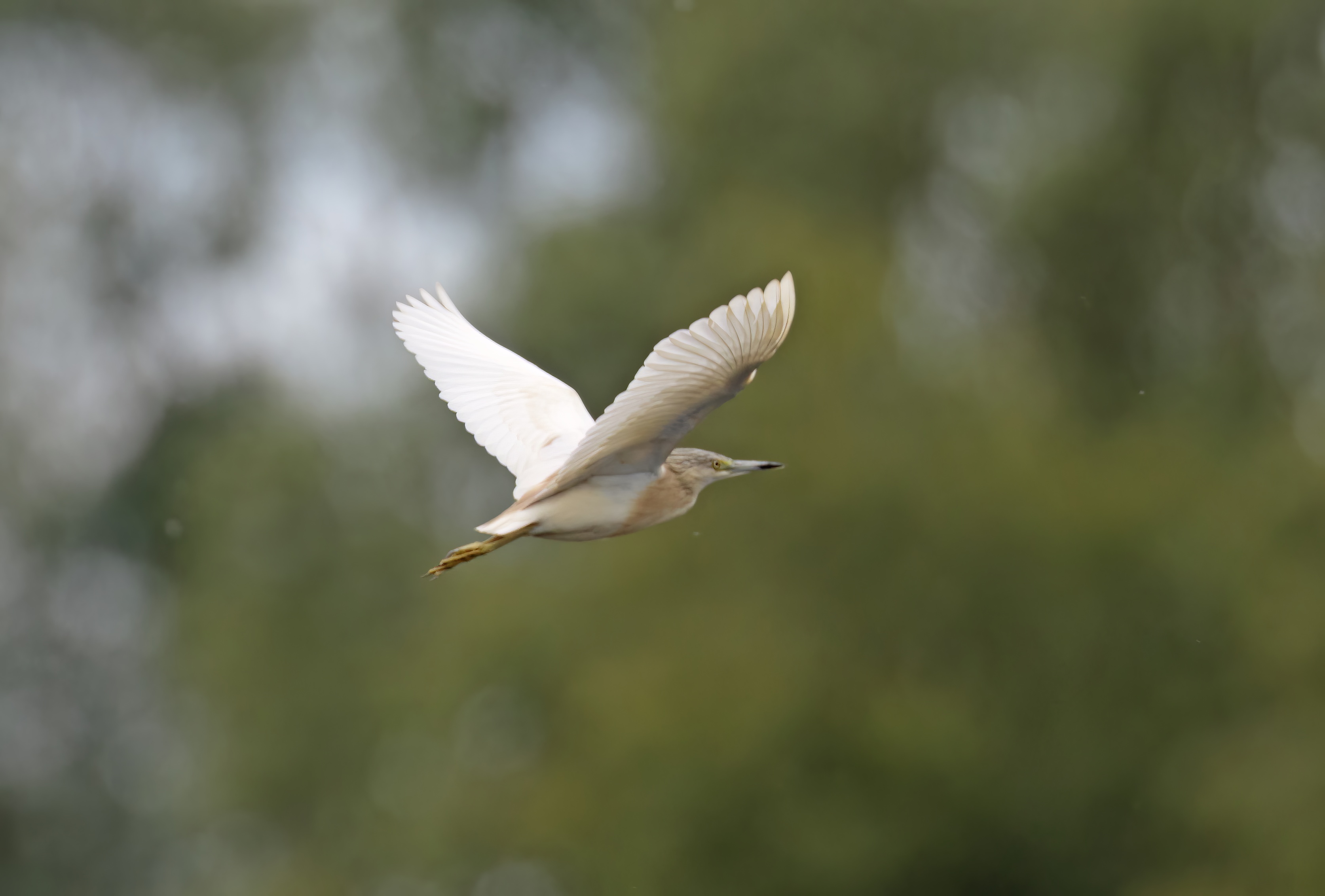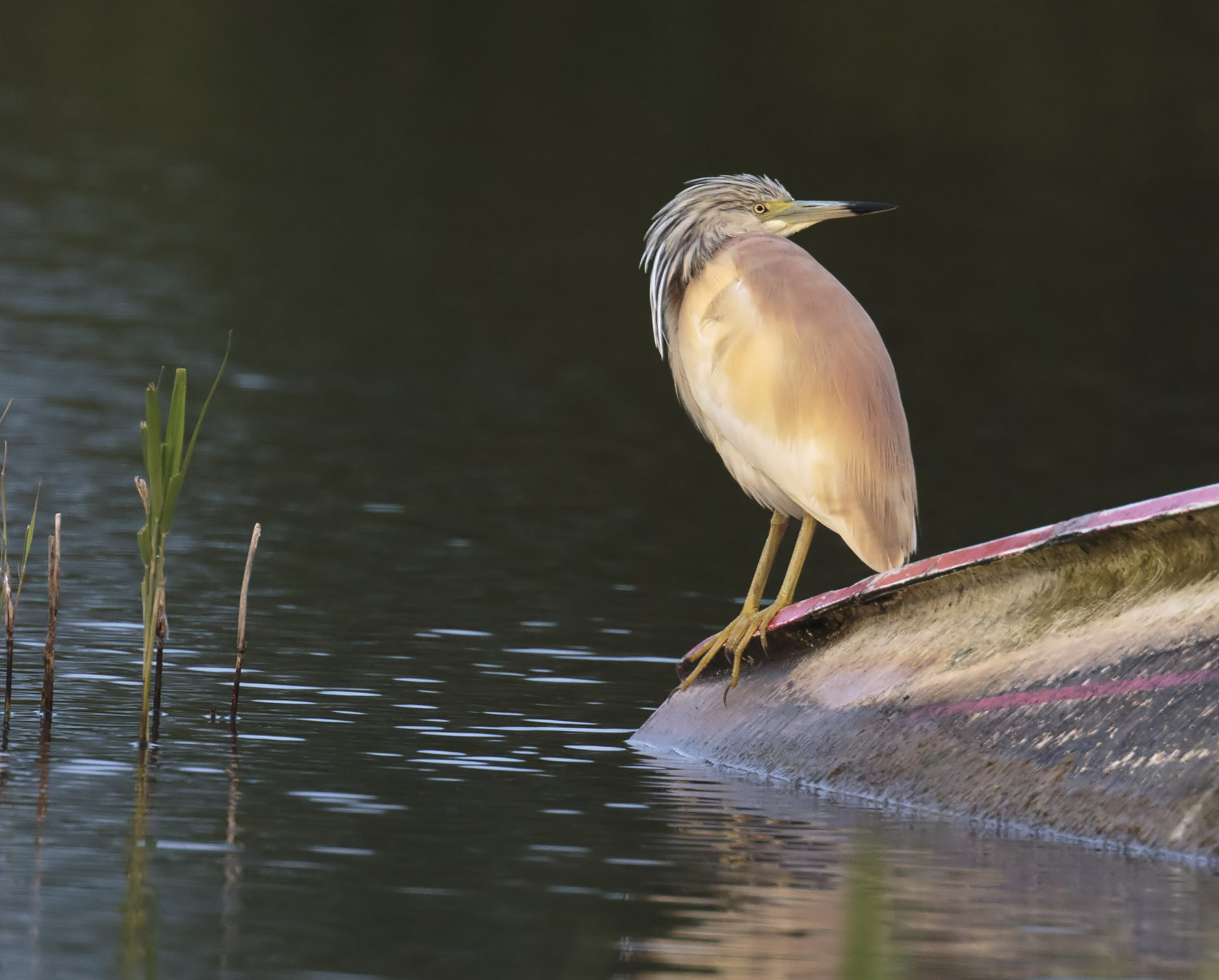Squacco Heron Ardeola ralloides
Vagrant. Western Europe.



The rarest of the county’s herons after Green Heron, Butorides virescens, one shot at Fillingham Lake near Gainsborough in Jun 1861 was the first record. The second was an immature bird found on the Humber Bank at Great Coates in September 1910, also shot. There was a large hiatus of 89 years before a summer-plumaged adult was found in June 1999, since when three followed in quick succession in 2015 (2CY+), 2016 (2CY) and 2019 (Adult). They have occurred between June 1st-September 29th with no particular pattern, other than they are a late arriving vagrant in spring.
There have been 68 British records before 1949 and another 116 in the modern era, 1950-2021. Eight in 2007 and 10 in 2015 are the most recorded in any year. There are about three records per year and the trend is of a slight increase. The bias in records is to the south-west (42%) and the south-east (20%) maybe suggesting an Iberian origin for British vagrants.
| Site | First date | Last date | Count | Notes |
| Fillingham Lake, Lincoln | June 1861 | - | 1 | Shot from the branch of a Walnut tree overhanging the lake. |
| Humber Bank, Great Cotes | 29/09/1910 | - | 1 | Immature, shot |
| Messingham SQ | 03/06/1999 | 11/06/1999 | 1 | Adult |
| Kirkby GP | 27/06/2015 | - | 1 | Adult |
| Far Ings NR, Barton | 04/08/2016 | 09/08/2016 | 1 | Adult |
| Frampton Marsh | 05/07/2019 | - | 1 | Adult |
| Freiston Shore | 06/07/2019 | - | 1 | Same as Frampton bird July 5th, 2019 |
Finder’s report: Squacco Heron at Messingham: first ‘modern’ county record.
by G. P. Catley
Note: this account is based on the original BBRC submission. The RC noted in their report for 1999 that June is marginally the best month for this heron and that the previous decade had produced 25 records, ten of them in May and 11 in June.
Circumstances
The owner of Grange Lane Aquatics, Mr Kevin Johnson (KJ) had observed what he identified as a Squacco Heron on his fish breeding ponds on June 3rd, 1999, and had informed Howard Bunn, as County Recorder, and asked for the identification to be confirmed. Unfortunately, the locality where the bird was feeding was situated 200m beyond his house and aquatic centre and the only access was through his property. KJ was very concerned about being inundated with twitchers and was adamant that the information should not be released to anyone else. We were unhappy with this situation but agreed to his request and after confirming the identification the news was not released. Following the birds departure KJ released photos to the Scunthorpe Evening Telegraph which created something of a furore among local birders. A regrettable situation but unavoidable in view of the land-owners stance.
Description
General appearance – typical medium-sized heron looking a beautiful golden-buff on the ground but with strikingly white wings when in flight. It was clearly an adult in full breeding plumage with long head plumes and a beautiful mauve tinge to the mantle.
Head and upperparts – crown buff with longitudinal dark grey streaks ending in a long plume with grey and black feathers. Mantle a distinct mauve colour with longer aigrettes visible, contrasting with the creamy wing coverts and buff head and breast. Tail white and all wing feathers white when spread.
Underparts – sides of upper breast a richer buff than the rest of the underparts.
Bare parts – bill mainly steely blue with an obvious black tip; iris lemon, and at close range through a 30x telescope the orbital rung could be seen to be a rich, bright red. Legs and feet lemon yellow.
Behaviour – the bird was seen from 8-30m as it fed along the sides of the shallow, steep-sided pools and also as it perched in willows nearby. Call was a low, quiet ‘engh’. The bird fed on small fish that it was catching with alacrity by stalking and wait-and-watch techniques. It was occasionally harried by the local family of Coots and put to flight on a few occasions.
Reference
Cordeaux, J. (1872) Birds of the Humber District. John Van Voorst, London.
(Account as per new Birds of Lincolnshire (2021), included September 2022)

